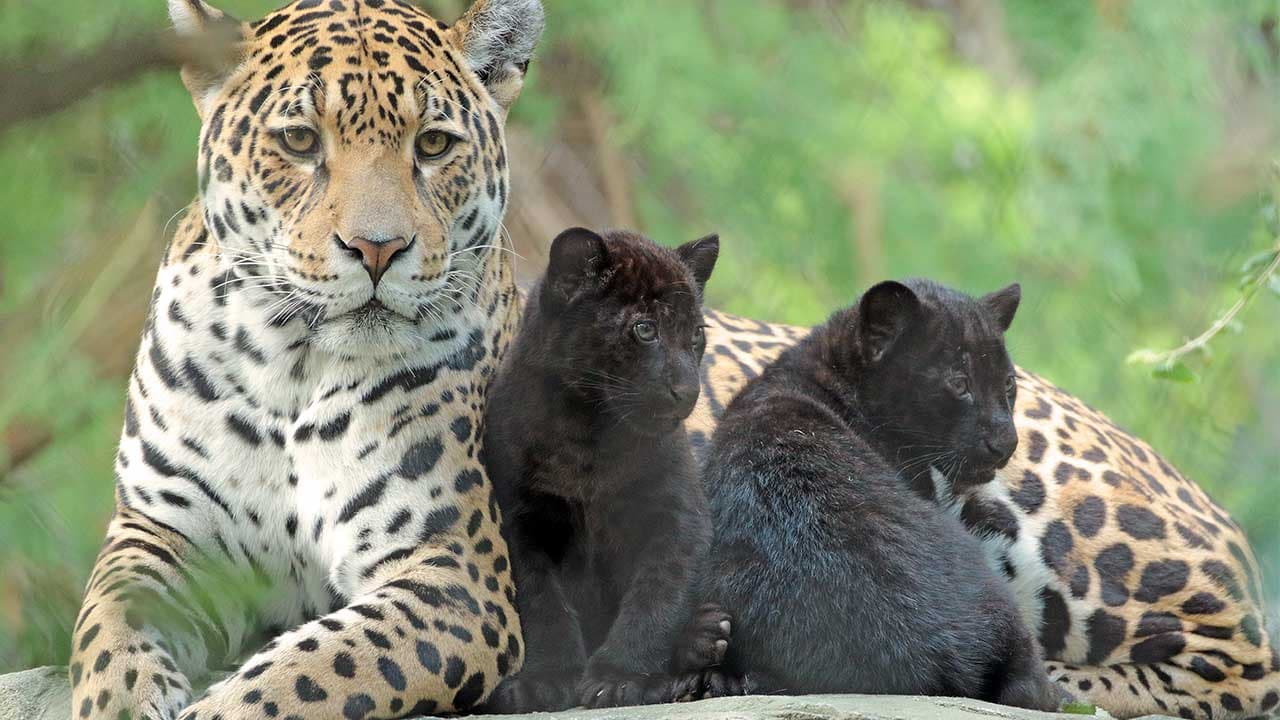The Red-crested Turaco (Tauraco erythrolophus) is a medium-sized bird with predominantly green feathers. However, its face is covered with white plumage around its red eyes. The bird has a yellowish-green hue on its chest and neck, which transitions into a slightly greenish-black color on its underside. On top of its head, it has a distinctive red crest, sometimes with a white tip, which is a famous characteristic of the species. Its wings are blue, and its tail is similarly colored. The beak is yellow, and the legs and feet are black. Both males and females look almost identical.

The Red-crested Turaco makes a low barking sound, with subtle differences between the sexes. One of the barks has a higher pitch, possibly from the female. They are most vocal at dawn.
This species is endemic to Angola and can also be found south of the Sahara Desert, stretching from Angola to Congo. As a forest bird, the Red-crested Turaco prefers areas with dense trees, forest edges, woodlands, savannas, and bushy grasslands. They primarily inhabit open woodlands.

Being omnivorous, the Red-crested Turaco eats a variety of insects, fruits, seeds, leaves, flowers, acacia trees, and figs. They are known to consume berries that are toxic to humans.

The Red-crested Turaco is a monogamous species, with pairs working together to establish and maintain territories. The male begins courtship by feeding the female. Once courtship is successful, both the male and female work together to build a flat nest made from twigs and small branches. This nest is usually placed 5-20 meters (16.4-65.6 feet) above the ground in trees or bushes. The female lays two to three eggs, and both parents take turns incubating them. After hatching, the parents regurgitate food for the chicks. The young birds grow quickly and are fully developed within four weeks after hatching.

While the Red-crested Turaco is considered a pest in agricultural areas due to its destruction of crops, it also plays an important role in seed dispersal. Deforestation remains a significant threat to the species; however, the Red-crested Turaco is often found in suitable habitats at present.















